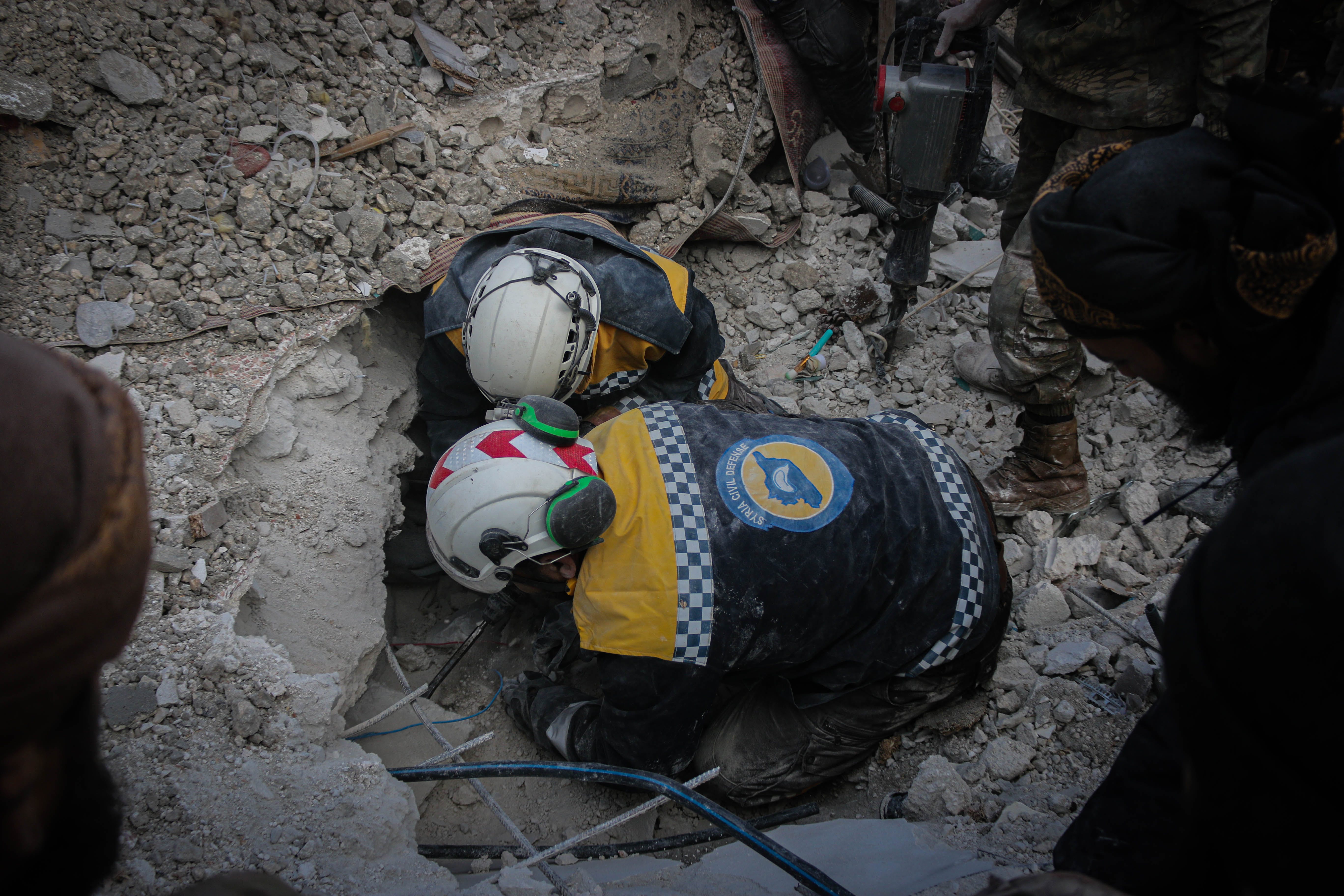This blog is part of HAG’s 5th birthday series. To see our story, check out our 5-year timeline.
I am a humanitarian aid worker. Or at least I used to be. But since enrolling in an MBA a couple of years ago, I’m throwing around terms like competitive advantage, creating shared value and drawing pictures of Porter’s Five Forces with lots of arrows and boxes. Suddenly I can’t talk to my humanitarian peers in the same way anymore. It’s as though I have been away on a language immersion program, and now that I’m back home I’m speaking haltingly and my mother tongue no longer feels natural.
It all began back in Haiti in 2010. There we all were, every humanitarian and their dog parachuting in for the earthquake response. We lived in tents pitched on gravel dotted around the airport, the central humanitarian logistical base. It was there that I bumped into a chirpy guy from Google. We chatted about who’s who and what’s what in the chaotic early weeks of the humanitarian operation. How humanitarians were already using Google Maps and Google Groups that there was potential for much more. What are you doing here, were the words going through my head as we talked. Can’t you just go back to your lovely Manhattan offices and just send us your money? We’re busy trying to save lives here.
Fast forward seven years and I have since done a 180 degree turn.
I am now convinced that the private sector is a fundamental player in a humanitarian response. That governments, UN agencies, Red Cross and NGOs aren’t the only ones helping people affected by a disaster or by conflict. That companies also create value. That their value proposition – I can’t resist showing off my newly acquired business vocabulary! – is both different and complementary to that offered by traditional humanitarian actors. That there is a business case to focus on not just profits, but also on the people and the planet with whom and in which local and multinational business operates (a.k.a. the triple bottom line).
When it comes to business engagement in humanitarian action, there’s a lot going on. At the World Humanitarian Summit the Connecting Business Initiative was launched which has seen the creation of ten private sector networks. Logistics companies collaborate through Logistics Emergency Teams to deliver aid supplies, while others deploy teams to help airports avoid being overwhelmed with containers of aid following a disaster. Telecommunications and financial services companies work with aid agencies to make cash a reality for communities on their path to recovery. Reinsurance companies work with governments to mitigate disaster risk and improve their financial resilience through regional risk insurance in Pacific Island countries and the Caribbean.
These – and there are many, many more – examples of governments, the UN and NGOs working with private sector partners show that a lot has changed over the past fifteen plus years when it comes to overcoming mutual suspicion between business (the supposed dark side) and the humanitarian worlds (does that make ours the light side?).
Yet we’re still facing a Babel-type situation. There’s a good chunk of aid workers who remain skeptical about the role of the private sector. They’re not humanitarians, they say. All they care about is the bottom line. Humanitarian work is our bread and butter; we should be the ones doing it while they send us their money or free equipment. It’s the old school philanthropic view of the private sector as little more than an alternative funding source.
Meanwhile, the private sector laments the arrogance and inefficiency of traditional humanitarian actors. I once interviewed a CEO of a multinational who complained about this humanitarian snobbery. While she acknowledged: “We’re not claiming to be experts. Aid is not our business”, she made the point that the humanitarian ‘we know better’ approach is not helpful. Particularly when it comes to businesses that have been operating in crisis-affected areas long before the aid workers showed up.
Someone recently described the challenges faced by humanitarian-private sector engagement as comparable to those experienced by people advocating for better civil-military relations, back in the day. Two radically different groups of actors that are present in a humanitarian crisis; each will do their ‘thing’, whether the other likes it or not. They can either stick their head in the sand and pretend the other doesn’t exist, or be proactive and try to make it work.
How to make it work? Here are some ideas that have emerged from discussions, interviews, readings, academic articles and lectures I have encountered over the past couple of years:
Humanitarians and the private sector need to keep talking. Improve our fluency in each other’s language. Trust takes time; we need to take the time to understand where each is coming from, articulate what we can put in and what we want to get out of the engagement. If fundraising staff are the only focal points for companies, private sector engagement will be limited to a donor-recipient relationship at headquarters. Interaction and collaboration between staff on the ground builds trust, critical for a better humanitarian response.
Allow space for each to do their own due diligence and to assess the risks. Find out what private sector partners are passionate about, read their corporate social responsibility and sustainability reports to understand their values, ask how they want to engage. Expect private sector actors to do the same. Public-private partnerships are a two-way street; both parties should get something out of it (and that’s not a bad thing). If you think a company would be a better fit for another humanitarian organisation, say so.
Be inclusive, not exclusive. Walking private sector partners through humanitarian principles and standards, spelling out acronyms and translating complex bureaucratic processes helps private sector actors identify ways to plug in (or not). Bring in local and international business actors to cluster meetings and include their activities in the 3W and financial reporting.
Going forward, I’m hoping to explore these ideas further as I research and write my MBA dissertation. I’m working on using my new business language skills along with my familiar humanitarian mother tongue to share ideas with people on both the dark and the light sides. Multilingualism is in everyone’s interest and can ultimately make a difference to the people we are trying to help. We can all become polyglots.
Photo: Zach Baranowski/Creative Commons






